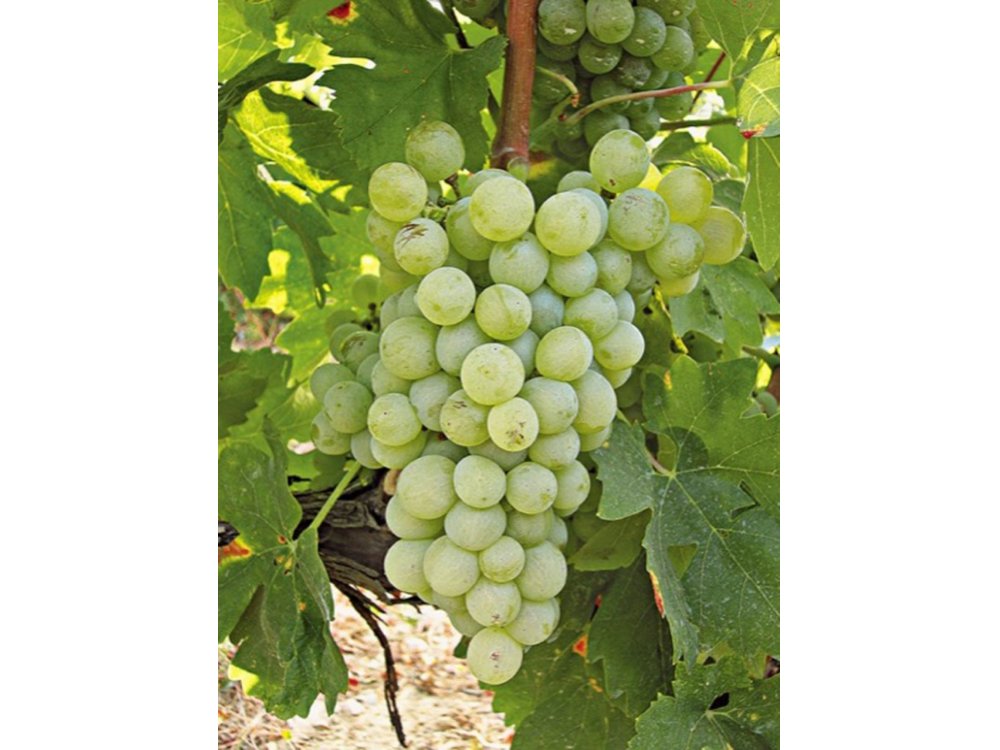Product description
The name Debina probably comes from the Italian 'de vino' - meaning wine grape - and that is why it is thought to be of Italian origin. It is also found in other areas, but not to such a large extent. An important cultivation of Debina takes place in the region of Epirus. It occupies a total cultivable area of approximately 7,500 acres. Based on the cooperative data, the cultivation of the Debina variety is located in the wider viticultural area of Zitsa in the prefecture of Ioannina, where it occupies an area of approximately 5,500 square meters.
It is probably an old autochthonous variety of Epirus, which according to one version has been cultivated since the end of the 16th century and owes its name to the village of Dabeni, located between Kastoria and Koritsa. Probably because of the specific region in which it is exclusively found, there are no precise references to its origin, nor is it mentioned by the winemakers of the 18th and 19th centuries. For the same reasons, no synonyms of the variety are mentioned, which is unusual for native Greek grape varieties, which are usually accompanied by a number of synonyms.
White indigenous variety vigorous, productive, has great adaptability to various soils but sensitive to powdery mildew, downy mildew, botrytis, infectious degeneration and spring frosts. It is formed mainly in a linear double-sided cord (Royat) but also in a cup and accepts short pruning in the 2 eyes. It ripens in late September and gives dry wines of moderate alcoholic strength, good acidity, with a distinctive aroma, as well as semi-sparkling wines.
As a variety, it easily adapts to poor, dry and calcareous soils. It is cultivated at 700 altitude in shallow limestone soils, with a microclimate influenced by the sea breezes that reach the area through the passages carved by Thyamis near the banks of Kalamas (a tributary of Thyamis - today the two words are identical). The potassium-rich soils confer resistance to diseases and especially downy mildew (vine disease), while ensuring good ripening.
The vineyards are located in a meridian direction, free from humidity in the summer and from cold currents in the winter. Debina is a very lively and robust variety, which even at high yields per hectare does not show a decrease in the quality of the grapes, as happens with other varieties. The grape is cylindro-conical dense, with a length of around 21 cm. The roga is medium-sized, spherical, with a yellow-green color, soft flesh, sweet to slightly acidic, which makes it particularly popular with wasps.
Zitsa (Epirus, Ioannina region) was the first to introduce the Debina variety to Greece and created a rosé semi-dry, more or less carbonated wine resulting from the vinification of the white Debina and the red Bekiari and Vlachiko. Its aerated character was purely a matter of luck and due to the climatic conditions and the cold and wet Continental climate of the region that did not let the grapes fully ripen. What are winegrowers to do? They were forced to lift the branches of the vine and tie them upwards, thus leaving the bunches exposed to the sun, to ripen more.
These ripened, but the wort they produced was so high in sugar that it didn't have time to ferment in September/October before the cold winds from Pindos started blowing again - which also meant the end of fermentation. Therefore, the natural process necessarily stopped and restarted in the spring with plenty of carbonic gas that slowly and empirically the winemakers of Zitsa learned to trap in their barrels and preserve it until they consumed all the wine. As for the pink color?
It was because they didn't bother to separate the white from the red grapes - they even vinified them with the skins and the skins. This wine rarely crossed the borders of the prefecture of Ioannina. After all, he couldn't stand the transport. Debina is a purebred white Greek grape variety, delicate and crisp. Its place of origin, the beautiful Zitsa of Ioannina, where it is cultivated on the hills and slopes of the six villages of the famous "Zitsa" Viticultural Zone. It is considered unique in its kind, thanks to its fruity, classy and elegant aromas of apple, pear and peach, which are sure to seduce any discerning wine lover.
A few hundred years ago it was the main native variety, from which the vintners of the region made the famous sparkling and semi-sparkling wine of Zitsa, which has earned it the title of the ideal variety for the production of sparkling wines. However, it is also suitable for the creation of elegant, young, dry white wines, which is why it was rightly designated by law as a PDO wine variety. (Protected Designation of Origin with toponym ZITSA).
Pruning Debina The vine when not pruned acquires large vines, the bunches are small as are the vines. Pruning removes some parts of the plant, such as branches, shoots, buds, leaves, etc. and helps increase production, creating better quality grapes and naturally produced wines. At the same time, pruning gives shape to the vine and regulates its vegetative growth and balance.
Pruning Demina in two branches The debina is tied linearly (cords or wires) and not in a cup-like shape that used to be applied at a distance of 50-120cm from the ground (1 iron angle per 5-6 vines). The tying is usually done on wire using a special machine that joins (staples) the vine to the wire with a thin strip that eventually cuts itself. If you tie the vine in any other way (wire, plastic ties, rope) and this tie is made tight, then there is a double danger:
Either the material to be tied will inhibit the growth of the vine by creating clots, or (wire case) will be absorbed by the vine (become one with the vine) making it sick (shriveling-thin round spots on the foliage with white fluff on one side ) and spoiling it little by little. That is why it is good not to twist the vine around the wire but to tie it with a suitable thin tape. Pruning of Demina in both eyes For Debina we have four types of pruning:
Strict winter pruning. Cutting the Saita. Germination. Green (green pruning) or core pruning. Winter pruning is done in the month of February (beginnings) or the so-called alkyonides days (mid or end of January, when the weather is good compared to the rest of the winter days). In this pruning, all the branches of the vine (clematises) are removed, leaving 3-4 on the right and left of the trunk and at a length of 3-4 eyes.
Of course, some people do the winter pruning from February 15-25, removing the saita (ie the top two eyes from each vine), finally leaving only two eyes on the vine. That is, they perform steps 1 and 2 in one go (Strict winter pruning). In the figure below, the pedestrian (the old vine on which the vines are located) and the horseman (the new vine that came out of the eye of the old vine) are depicted. The basic rule of pruning is:
I cut down the pedestrian and bind the horseman. Of course, this is not always the case. It is common practice to prune the rider in both eyes while allowing the foot to grow stronger (thick). The rule applies when: The pedestrian is thin and dehydrated (dried). Then we hold and tie the rider closest to the trunk of the vine and cut the pedestrian Due to bad pruning (we apply rule 1) To extend the vine on the wire line (we tie the last one to the foot trestle keeping 5-6 eyes in the same line as the foot, do not cut the foot.
Pruning the saita takes place around the end of February and involves removing the upper two eyes from the vines (Usually this is done when the vines are strong, otherwise we only cut one eye). Weeding is usually done at Easter (end of April) and has to do with the removal of unwanted shoots from the trunk as well as from the vines.
The defoliation usually takes place around the end of May and continues until the beginning of September and involves the removal of the sick leaves of the vine or some of the leaves if there are many (defoliation), as well as the defoliation (i.e. the cutting of the tops of the vine protruding from the last wire of the linear array of the vine.
It is still good to prune the various peripheral trees so that they do not shade the stumps. Give a basis for the following narration: In the middle of a vine I have there is a large almond tree which was shading me and spoiling my production from about 5-6 branches that were below.The first thought was of course to cut it, but after mature consideration I thought of some facts such as the mice that I like to have their fill of almonds, the birds that eat the wasps and the cicadas, the fertilizer that is made with the leaves and the almonds that fall and others many, most notably the fact that I avoided killing something that nature took over 100 years to make. In the end the tree stayed, it was pruned a bit severely and thinned out high and we are all happy.





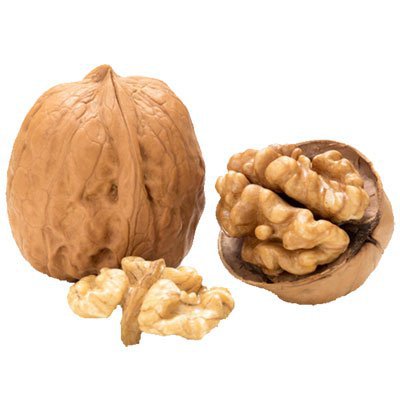

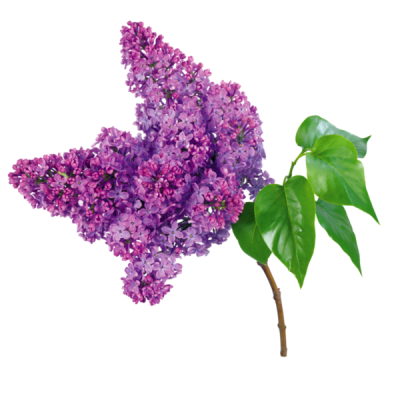

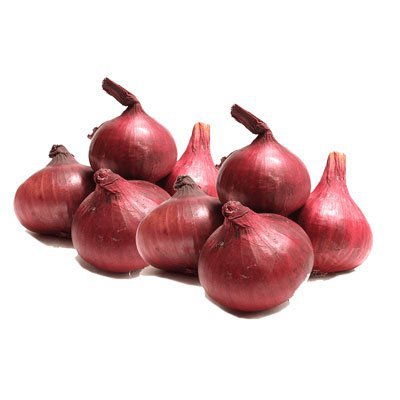






 Forest Fruit Plants
Forest Fruit Plants Spice Herbs Medicinal seeds
Spice Herbs Medicinal seeds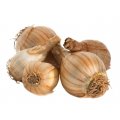 Bulbs
Bulbs Fruit Trees
Fruit Trees Garden Materials
Garden Materials Ornamental Plants
Ornamental Plants Grapevine Plants
Grapevine Plants Onion Set
Onion Set Fertilizers
Fertilizers Potato seed
Potato seed Seeds
Seeds Roses
Roses Tropical Plants
Tropical Plants Home Pesticides
Home Pesticides